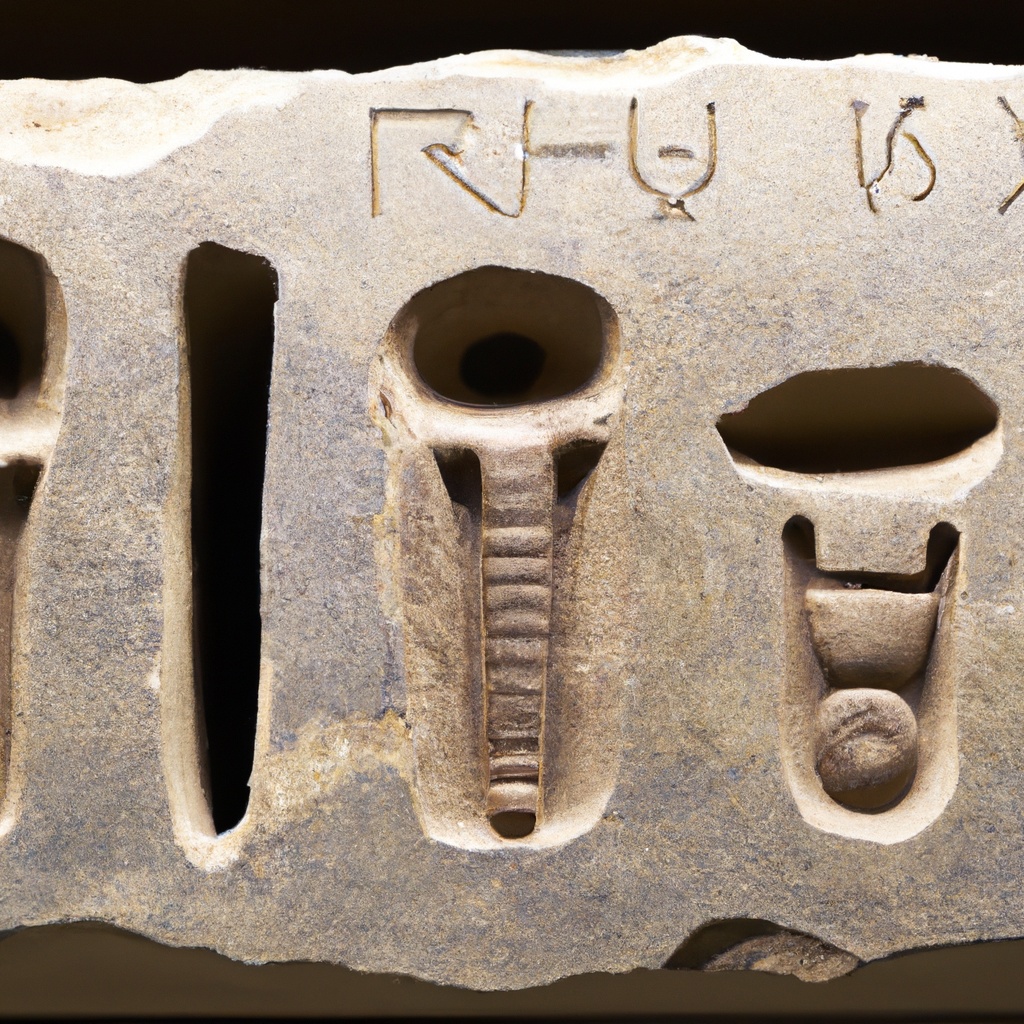The History of Dental Implants
 By: Britely
By: Britely
Dental implants have become a popular solution for those who have lost teeth due to various reasons. They are a permanent and natural-looking replacement that can last for many years with proper care. But have you ever wondered about the history of dental implants? How did they come to be?
The first known dental implants were carved from bamboo pegs and used to replace missing teeth in China around 4,000 years ago.
The Egyptians later adopted a similar practice of carving precious metals and pegging them onto the jawbone, around 2,000 years later (1). Ancient oral surgeons would prepare cavities in living teeth by spinning a hard tube (similar in shape to a drinking straw) between their hands or using a bow drill, applying a mixture of powdered quartz in water as an abrasive to cut a perfectly round hole in the enamel and dentin (2).
However, it was not until the 20th century that modern dental implantation techniques were developed. In 1952, a Swedish orthopedic surgeon named Per-Ingvar Branemark discovered that titanium could fuse with bone tissue. This discovery led to the development of the modern dental implant as we know it today.
Branemark first tested his theory by implanting a small titanium cylinder into the leg bone of a rabbit. He later discovered that the bone had fused with the titanium implant, creating a strong and stable connection.
Branemark then applied this same technique to the field of dentistry, and the first successful dental implant surgery was performed in 1965. The patient received four implants in his lower jaw, and after a few months of healing, a bridge was attached to the implants.
Since then, dental implants have continued to evolve and improve. Today, there are several types of dental implants available (3), including endosteal implants (which are placed directly into the jawbone), subperiosteal implants (which are placed on top of the jawbone), and zygomatic implants (which are used when there is not enough bone in the jaw for traditional implants).
Dental implant technology has also improved, with the development of computer-guided implant placement and 3D printing technology.
Dental implants have come a long way since the days of seashell replacements. Thanks to the pioneering work of Per-Ingvar Branemark, we now have a reliable and effective solution for missing teeth. As technology continues to improve, dental implantation will undoubtedly continue to evolve, providing even better solutions for those in need.
Sources:


